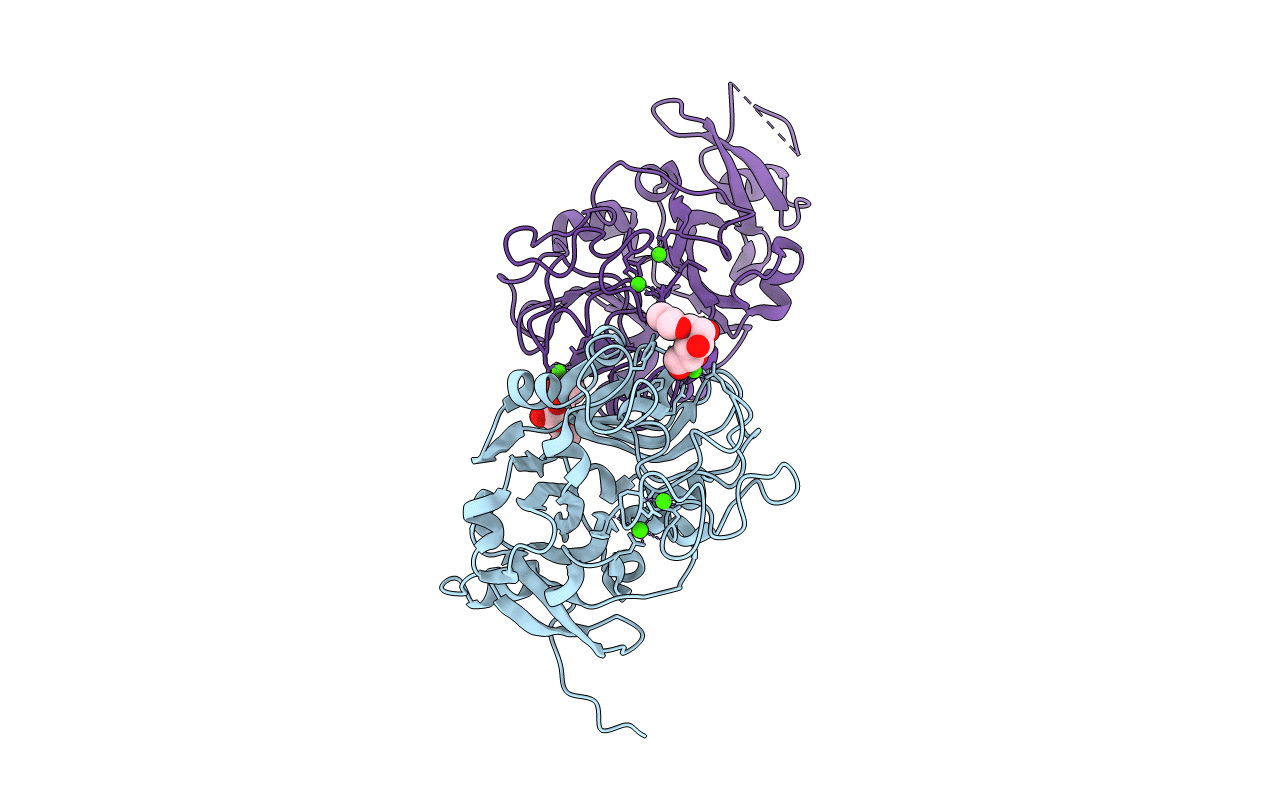
Deposition Date
2014-10-09
Release Date
2015-07-01
Last Version Date
2024-11-13
Entry Detail
PDB ID:
4WMY
Keywords:
Title:
Structure of Human intelectin-1 in complex with allyl-beta-galactofuranose
Biological Source:
Source Organism:
Homo sapiens (Taxon ID: 9606)
Host Organism:
Method Details:
Experimental Method:
Resolution:
1.60 Å
R-Value Free:
0.17
R-Value Work:
0.15
R-Value Observed:
0.15
Space Group:
P 21 3


